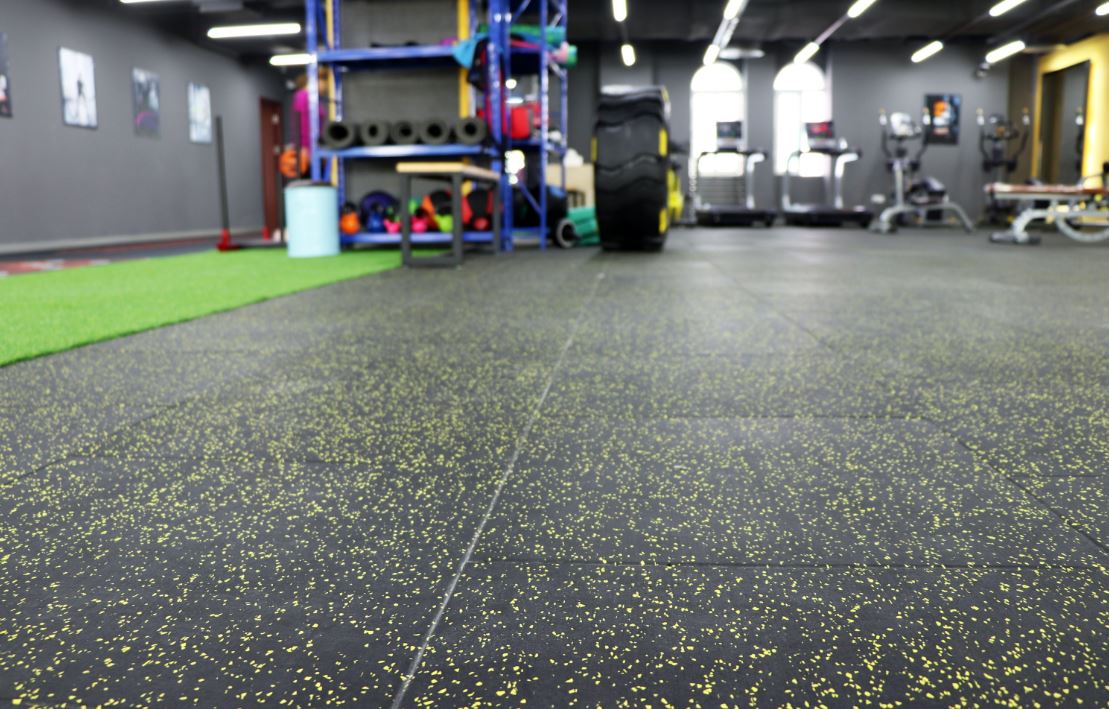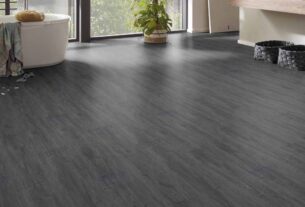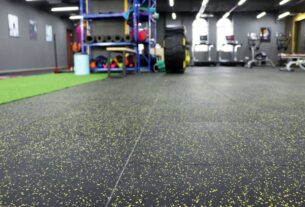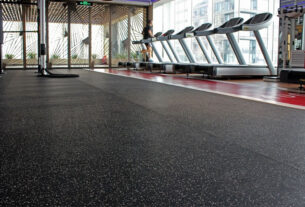Flooring is a crucial element in both residential and commercial spaces, influencing aesthetics, functionality, and maintenance. Among the various flooring options available, vinyl flooring has gained immense popularity due to its durability, affordability, and wide range of designs. Often confused with rubber flooring, vinyl flooring provides a resilient and stylish alternative suitable for various environments. This article explores the benefits, types, Rubber Flooring Dubai and maintenance of vinyl flooring while discussing how it compares to rubber flooring.
Understanding Vinyl Flooring
Vinyl flooring is a synthetic flooring material made primarily from polyvinyl chloride (PVC). It is engineered to mimic natural materials like wood, stone, and tile while offering superior water resistance and durability. Available in different formats such as sheets, planks, and tiles, vinyl flooring provides homeowners and businesses with flexible design choices.
Benefits of Vinyl Flooring
Durability and Resilience
Vinyl flooring is highly durable and resistant to scratches, dents, and stains, making it an excellent choice for high-traffic areas such as kitchens, hallways, and commercial spaces.
Water Resistance
Unlike traditional hardwood or laminate flooring, vinyl is water-resistant, making it ideal for moisture-prone areas like bathrooms, basements, and laundry rooms.
Ease of Maintenance
Cleaning vinyl flooring is simple. Regular sweeping and occasional mopping with a mild detergent keep it looking new. Its stain-resistant properties also make it easy to manage spills and dirt.
Comfort and Insulation
Vinyl flooring provides a softer feel underfoot compared to hardwood and tile, making it comfortable to walk on. Some varieties also come with additional underlayment for enhanced sound absorption and insulation.
Affordability
Compared to natural materials like hardwood or stone, vinyl flooring is a budget-friendly alternative that offers a similar aesthetic appeal without the high cost.
Variety of Designs
With advanced printing technology, vinyl flooring can realistically replicate wood, stone, and ceramic textures, allowing homeowners to achieve their desired look without sacrificing functionality.
Types of Vinyl Flooring
Vinyl flooring comes in several forms, each suited for different applications:
Vinyl Sheet Flooring
Available in large rolls, sheet vinyl provides a seamless and waterproof surface, making it ideal for bathrooms and kitchens.
Vinyl Plank Flooring (LVP)
Luxury vinyl planks mimic the look of hardwood and are available in various styles and finishes. They offer an easy installation process with click-lock or glue-down options.
Vinyl Tile Flooring (LVT)
Vinyl tiles replicate the look of ceramic and stone tiles while being softer underfoot. They are easy to install and replace if damaged.
Vinyl Flooring vs. Rubber Flooring
While vinyl flooring and rubber flooring share some similarities, they cater to different needs:
Material Composition: Vinyl flooring is made from PVC, whereas rubber flooring is made from natural or synthetic rubber.
Application: Vinyl is more common in residential and commercial settings due to its aesthetic appeal, while rubber flooring is often used in gyms, playgrounds, and industrial areas for shock absorption.
Maintenance: Both flooring types are easy to clean, but rubber flooring requires special care to maintain its non-slip properties.
Durability: Rubber flooring is more resilient to heavy impact and offers better slip resistance, while vinyl flooring provides better design versatility and water resistance.
Installation of Vinyl Flooring
Installing vinyl flooring is straightforward, with various methods available depending on the type:
Peel-and-Stick: Easy to install, these tiles or planks come with an adhesive backing that requires minimal effort.
Glue-Down: A more permanent option, requiring adhesive to secure the flooring to the subfloor.
Click-Lock: A floating floor system that interlocks planks without the need for glue or nails.
Loose Lay: Heavy and flexible vinyl that stays in place without adhesive, making it easy to remove and replace.
Maintenance and Care
To extend the lifespan of vinyl flooring, follow these simple maintenance tips:
Sweep or vacuum regularly to remove dust and debris.
Clean spills immediately with a damp cloth.
Use a mild detergent for deeper cleaning.
Place rugs or mats at entryways to reduce dirt and moisture.
Avoid using harsh chemicals or abrasive cleaners that may damage the surface.
Conclusion
Vinyl flooring is a versatile and cost-effective flooring solution that offers durability, easy maintenance, and a wide range of design options. While often compared to rubber flooring, it stands out for its aesthetic appeal and water-resistant properties. Whether you’re upgrading your home or a commercial space, vinyl flooring provides a practical and stylish choice that meets various needs. By understanding its benefits, types, and maintenance requirements, you can make an informed decision and enjoy long-lasting, Flooring Dubai





